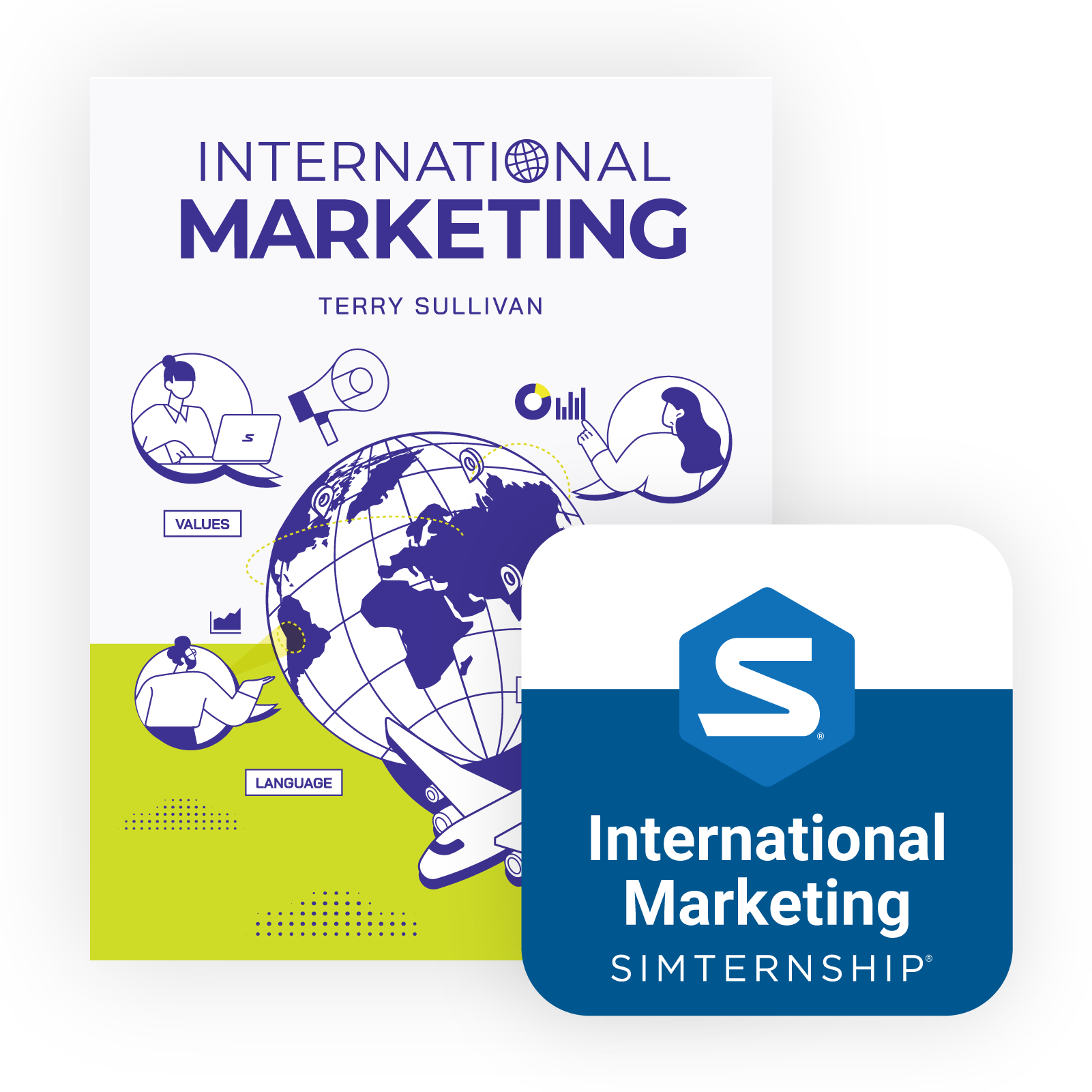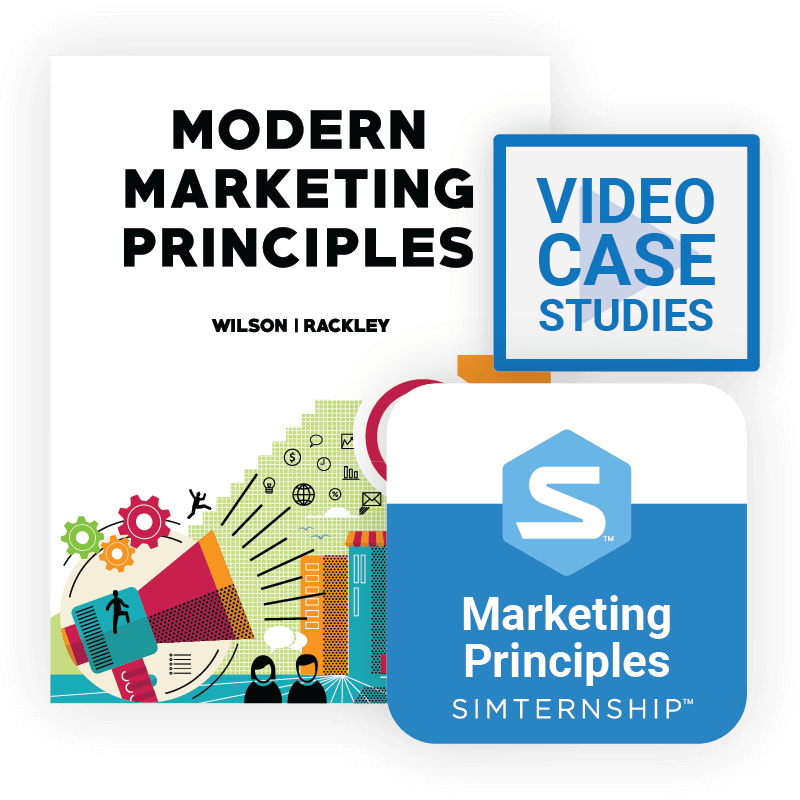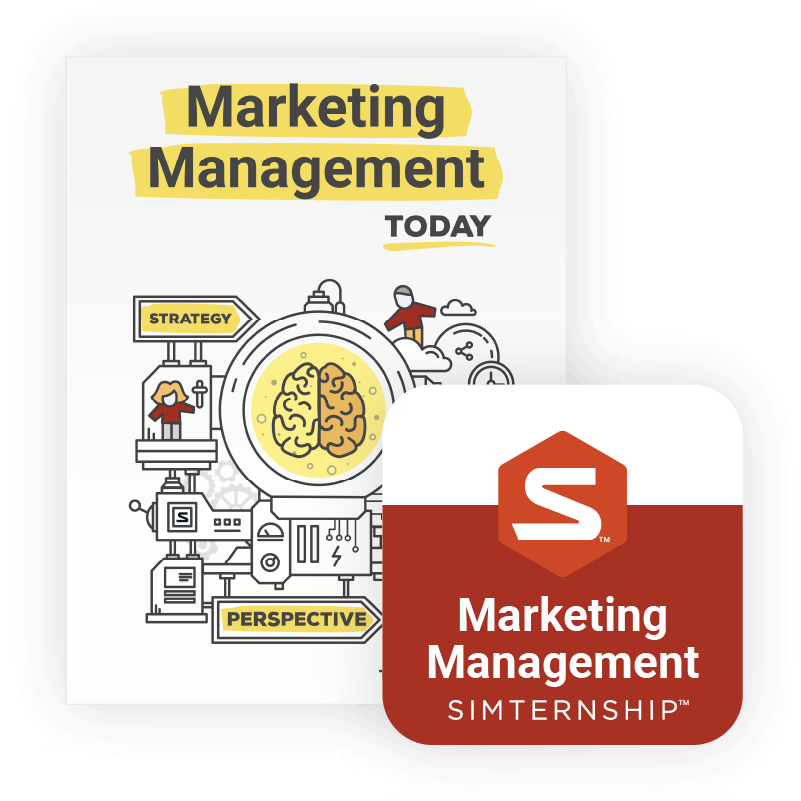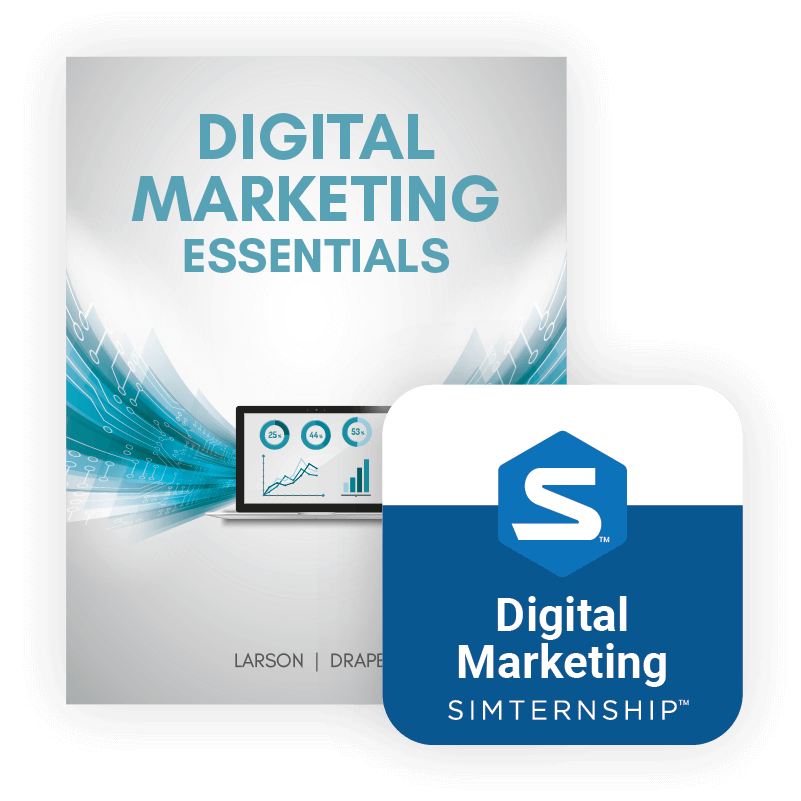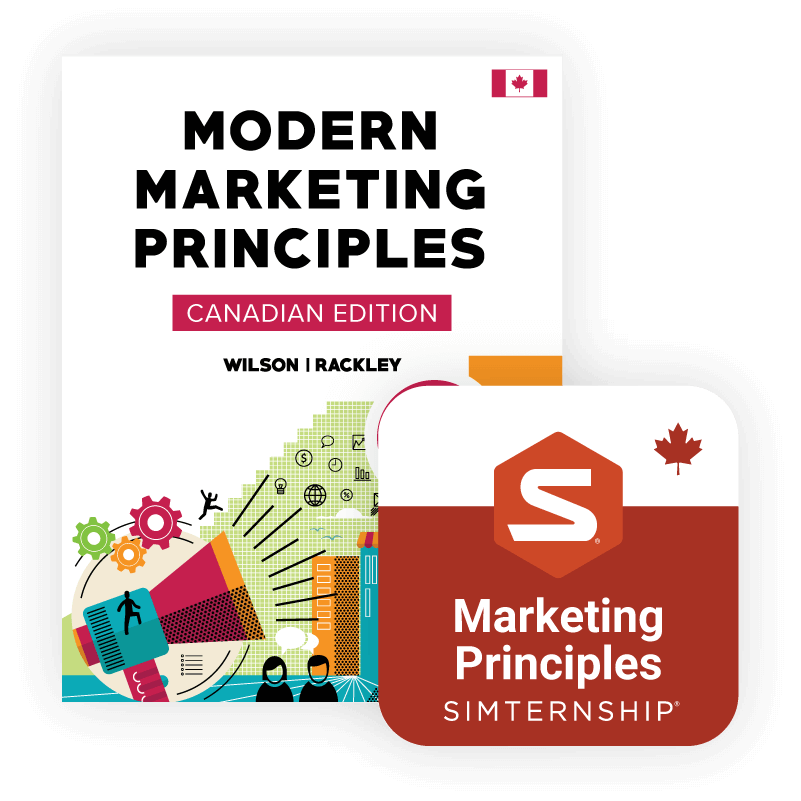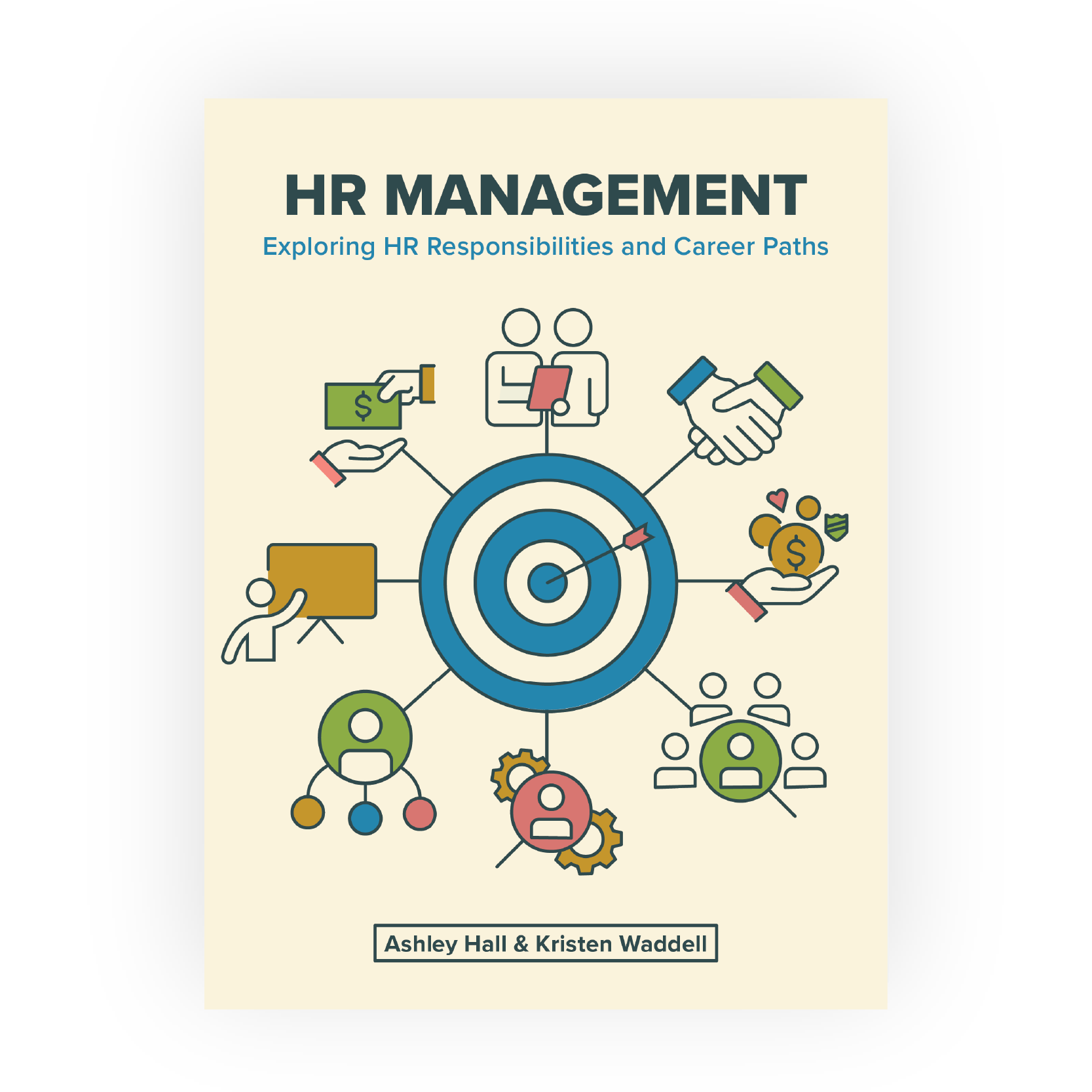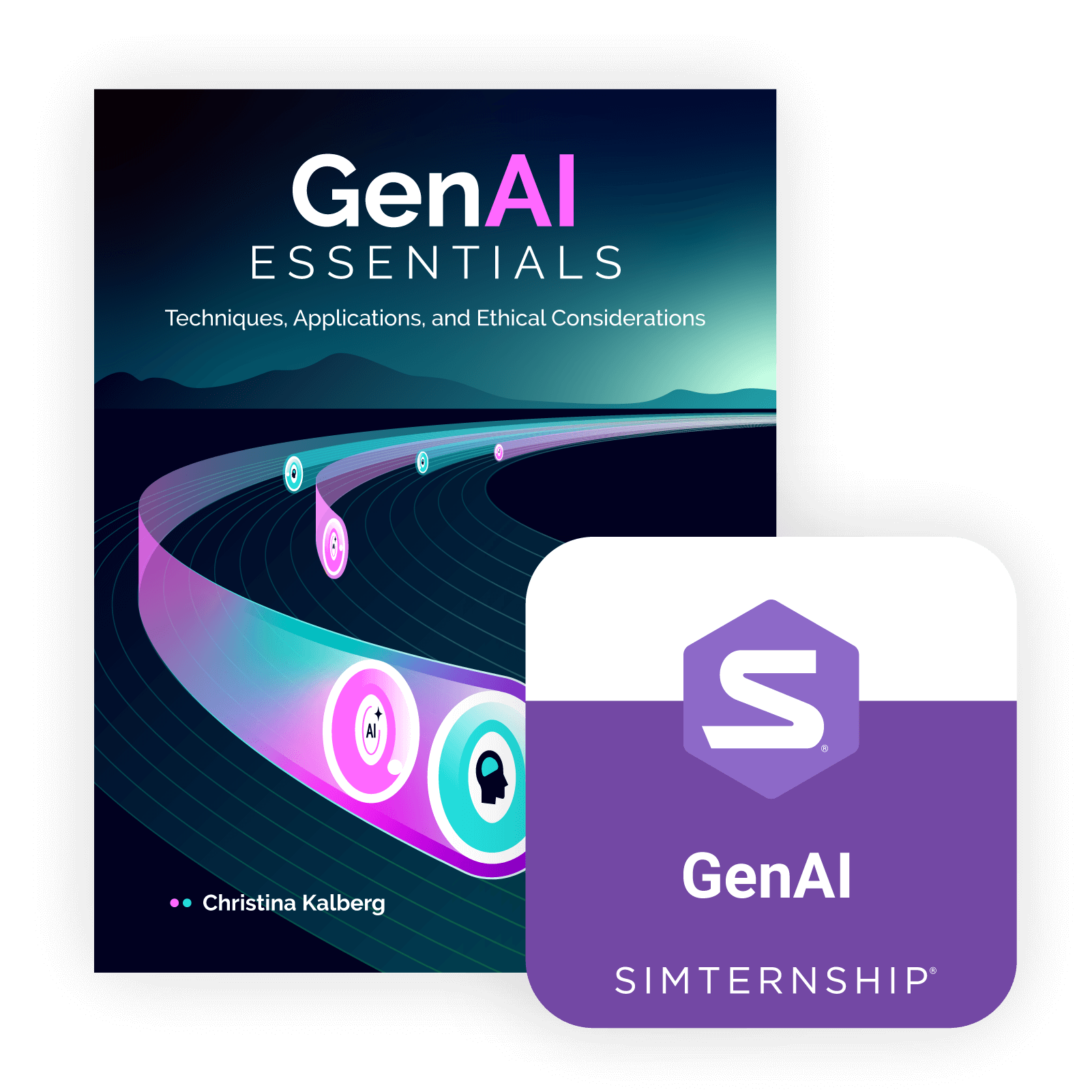The International Marketing Bundle
Help students turn cultural insights into competitive advantages
The International Marketing Bundle gives you everything you need to integrate hands-on global marketing practice into your course. This bundle includes the hands-on Stukent International Marketing Simternship and the comprehensive “International Marketing” courseware, two turnkey resources that help you integrate experiential learning into your course.
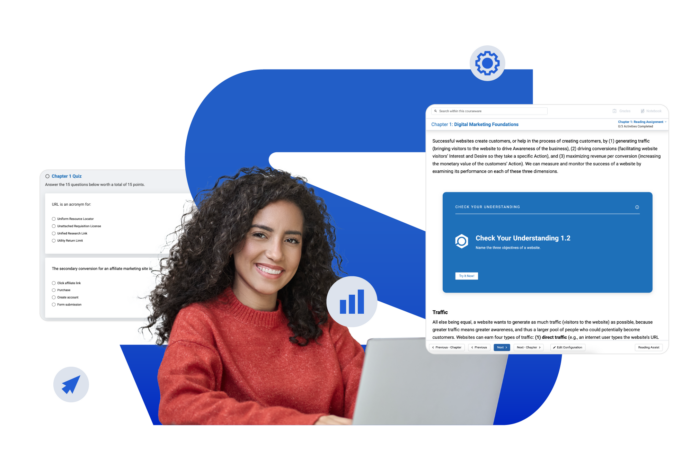
Bring international marketing practice into your course
The Stukent International Marketing Simternship
* Product images subject to change
The International Marketing Simternship puts your students in the role of a product marketing manager, where they will work to help a U.S. brand expand into a global market. To succeed, students will research potential markets, adapt products to local preferences, and shape an international go-to-market strategy.
From evaluating market segments to launching global promotions, this simulation builds real-world marketing and decision-making skills — all while helping students navigate cultural, economic, and legal complexities.
To succeed, your students will:
- Conduct market research using tools like PESTEL and SWOT analysis
- Select a target country, customer segment, and go-to-market strategy
- Adapt product features and messaging for cultural fit
- Build a positioning statement for an international audience
- Make decisions on pricing, distribution, advertising, and compliance
- Practice ethical and strategic thinking in a global business context
The International Marketing Simternship pairs with the “International Marketing” courseware to provide you and your students with a turnkey, fully aligned experience.
Practice, Meet Pedagogy
Pair Your Simternship With Stukent Courseware
Stukent courseware aligns with your Simternship, giving your students a solid foundation for success.
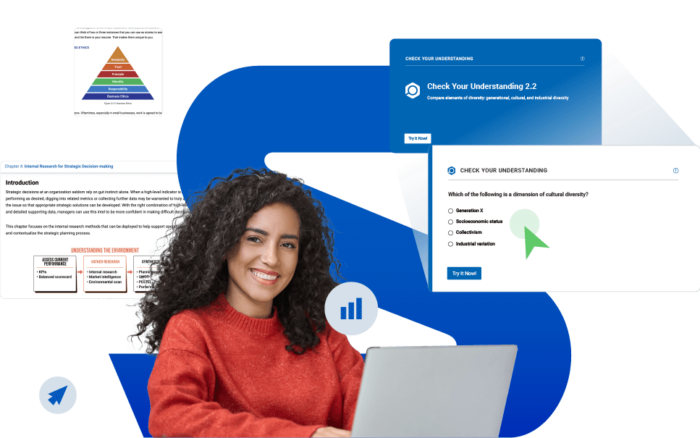
Stukent Courseware
The Tools You Need to
Foster Student Success
Courseware that Thinks Outside the Book
Stukent courseware goes beyond the limitations of the printed textbook, pairing powerful instructional resources for you with an annually updated, concise text for students.
The International Marketing Courseware
Prepare students to think globally, act strategically, and market effectively across borders
The "International Marketing" courseware equips students with the knowledge and tools to navigate the complexities of global markets. Students will explore how culture, politics, legal systems, and infrastructure shape marketing decisions, and how to adapt strategies for diverse audiences and business environments. The course also challenges students to recognize the role of empathy, bias, and intellectual curiosity in shaping international campaigns that resonate across cultures.
Topics include international trade and government policy, cross-cultural communication, B2B and B2C global strategy, market entry, integrated marketing communications (IMC), and more.

What’s Inside
Table of Contents
- Section 1: Introduction
- Section 2: How Companies Market and Enter Foreign Markets
- Section 3: Being Human (Bias, Empathy, Intellectual Curiosity)
- Section 4: Important Non-Marketing Considerations of International Marketing
- Section 5: International Marketing Examples of Cultural, Social, Political, and Environmental Factors
- Section 6: Imagine This!
- Section 7: Conclusion
- Section 1: Introduction — How International Trade Works from a Historical Perspective
- Section 2: Imports and Exports
- Section 3: Types of Advantages
- Section 4: Benefits and Drawbacks of International Trade
- Section 5: Imagine This!
- Section 6: Trade Balance
- Section 7: The Role of Government in International Trade
- Section 8: Currency and Exchange Rates
- Section 9: Trade Risks and Risk Mitigation
- Section 10: The Global Economy and Global Supply Chain
- Section 11: Conclusion
- Section 1: Introduction
- Section 2: Similarities Between Domestic and International Marketing
- Section 3: Differences Between Domestic and International Marketing
- Section 4: Conclusion
- Section 1: Introduction
- Section 2: Understanding Culture
- Section 3: Impact of Culture on Consumer Behavior
- Section 4: How Cultural Factors Affect Marketing Strategy
- Section 5: Social Factors and Dynamics in International Marketing
- Section 6: Conclusion
- Section 1: Introduction
- Section 2: Understanding the Global Political Environment
- Section 3: Imagine This!
- Section 4: Navigating the Global Political Environment
- Section 5: Adapting to the Global Political Environment
- Section 6: Conclusion
- Section 1: Introduction
- Section 2: Legal Environment Pillars in Global Markets
- Section 3: Impact of Legal Environments on Marketing
- Section 4: Imagine This!
- Section 5: Conclusion
- Section 1: Introduction
- Section 2: Overview and Objectives of Foreign Market Entry and Research
- Section 3: Core Components of Market Entry Research
- Section 4: Research Methods
- Section 5: Market Entry Strategies
- Section 6: Factors Influencing Strategy Selection
- Section 7: Research Integration with Strategic Planning
- Section 8: Key Considerations in Researching International Markets
- Section 9: Imagine This!
- Section 10: Developing a Market Entry Plan for International Expansion
- Section 11: Conclusion
- Learning Objectives
- Section 1: Introduction—Overview and Considerations
- Section 2: Audience
- Section 3: Decision-Making
- Section 4: Cultural Nuances and Sensitivities
- Section 5: Sales Cycles
- Conclusion
- Chapter Summary
- Reflection Questions and What to Expect in the Next Chapter
- Glossary
- Learning Objectives
- Section 1: Introduction – Overview of product strategy for market entry
- Section 2: Product
- Standardization
- Adaptation
- Customization
- Section 3: Price
- Section 4: Place (distribution)
- Conclusion
- Section 1: Introduction
- Section 2: Important Trends Affecting Digital and IMC
- Section 3: Common Challenges in Global IMC
- Section 4: Strategy Development for International IMC
- Section 5: Message Development and Global Brand Positioning
- Section 6: The Role of AI in IMC and Advertising
- Section 7: Conclusion
- Section 1: Introduction
- Section 2: People in International Marketing
- Section 3: IMC Media Planning and Channel Integration
- Section 4: Processes in International Marketing
- Section 5: IMC Implementation, Coordination, and Measurement
- Section 6: Physical Evidence in International Marketing
- Section 7: The Role of AI in Physical Evidence, People, and Processes
- Section 8: Conclusion
- Learning Objectives
- Section 1: Introduction—What to Include in an International Marketing Plan (Chapter 7)
- Section 2: Marketing Research and Analysis
- Section 3: Regulatory and Legal Environment
- Section 4: Political and Economic Environment
- Section 5: Product Localization and Adaptation
- Section 6: Promotion and Communication Strategy
- Section 7: Operational Considerations
- Section 8: Financial Planning and Budgeting
- Section 9: Crisis Management and Risk Mitigation
- Section 10: Sustainability and Corporate Social Responsibility (CSR)
- Conclusion
- Chapter Summary
About the Author

Terry Sullivan
Terry Sullivan has more than 30 years of experience as a corporate executive, entrepreneur, consultant, and professor. In addition to several start-ups including a successful exit of his first company, Terry has worked for a variety of small and large companies and is the Founder and President of Strategic Glue, a marketing consultancy in St. Louis, Missouri. As an Assistant Professor and Adjunct Professor in the School of Communications and the School of Business at Webster University (also in St. Louis, Missouri), Terry has 14 years of higher education experience and is the author of two Stukent courseware titles, Marketing Management Today and Brand Management & Strategy: Building & Sustaining a Valuable Brand. Terry studied English and management as an undergrad and has a master’s degree in International Business from Saint Louis University. Terry is married with two sons and enjoys songwriting, guitar playing, movies, reading, exercising, and occasional skateboarding.
Join the Waiting List
Be among the first to access our upcoming release of the International Marketing courseware by joining the waiting list. Simply fill out the form to reserve your spot.

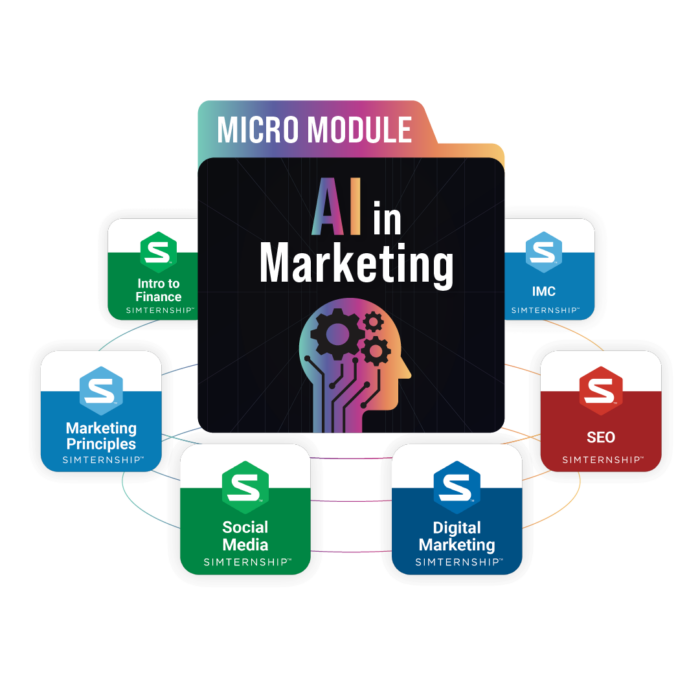
Feels built-in, not bolted on
Micro Module: AI in Marketing
Included for FREE with any Stukent Marketing Simternship or courseware!
The Micro Module: AI in Marketing is designed to complement any marketing course. Whether you’re teaching marketing principles, digital marketing, SEO, social media, or other topics, this module adds powerful, up-to-date AI activities to your curriculum.
Hands-on Learning without the Hassle
Stukent Simternships integrate with your favorite LMS platforms
Single Sign-on
Grade Book Syncing
Deep Linking
Rostering


One Platform. Hundreds of Resources. Unlimited Possibilities.
Additional resources for creating a great course
Always have the
latest edition
This courseware contains robust instructional resources for educators and students. Best of all, the Stukent team updates the courseware annually, which means your curriculum will always be on the cutting edge of your industry.
Support for you,
support for students
The Stukent Support Team helps students and educators get the most out of their Stukent experience. Whether you need help logging into your Stukent Simternship, navigating your courseware, or understanding simulation results, we’re here to help!
Stukent Events
Join us for webinars, product launches, and more!
